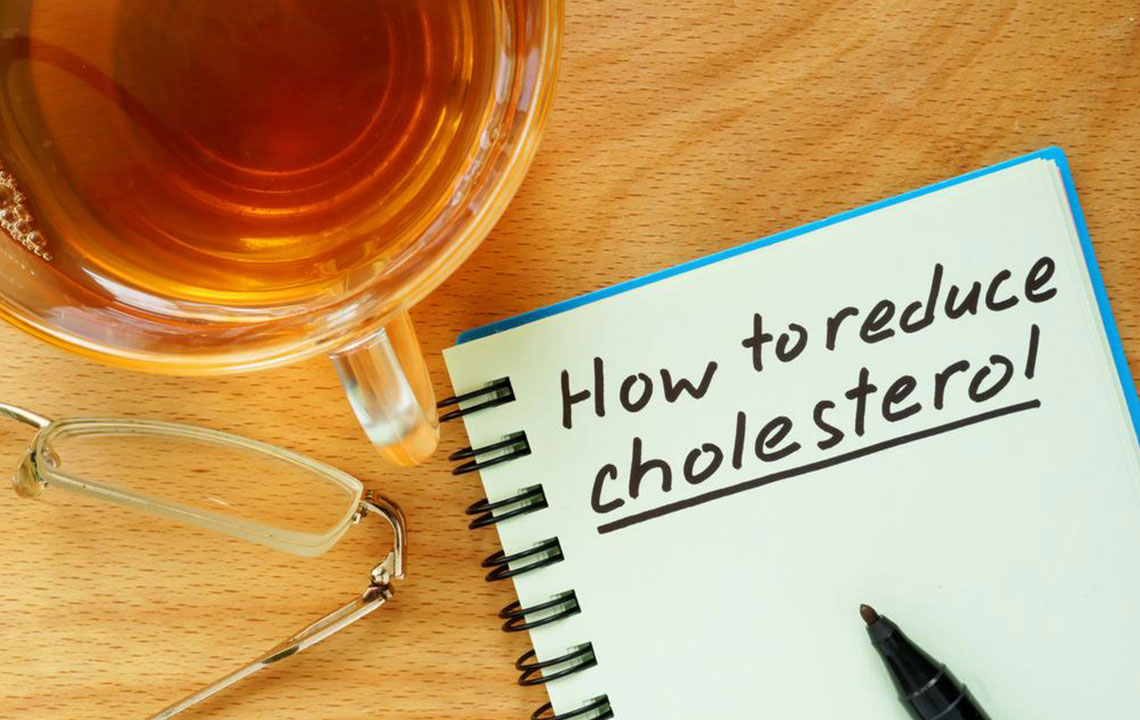Here’s How to Boost Your HDL Cholesterol Levels
There is a general misconception that cholesterol is bad for your health and heart. Fat is needed by the body to perform all metabolic functions.
Not all cholesterol is bad. The fats that you consume, contain cholesterol in them (the levels differ depending on the food category). And it is the bad cholesterol that plays havoc with your heart health. A high level of bad cholesterol (LDL), low levels of good cholesterol (HDL) are a cause for concern.

To maintain ideal cholesterol levels, wherein the levels of HDL is more than LDL calls for a proper diet and active lifestyle.
What is good and bad cholesterol?
HDL
Good cholesterol or HDL (High-Density Lipoprotein) is healthy cholesterol that is needed by the body. High HDL levels, not only help in lowering the levels of LDL, they also help in prevent heart diseases and stroke.
In fact, when a blood test is done to verify the cholesterol levels, doctors first read the levels of HDL. As long as the HDL levels are greater in proportion, in total cholesterol levels, you’re on the safer side. Numerous studies have proved that low HDL levels increase the risk of heart disease.
LDL
LDL (Low-Density Lipoprotein) is bad cholesterol that causes plaque build up along the artery walls, causing blockages and resulting in heart attack. Higher LDL levels put you at a greater risk of having a heart disease.
If your blood tests have high LDL levels, it’s time to take measures through diet and exercise which can help in lowering LDL levels.
Triglycerides
The most common type of fat in our body are triglycerides. The excess energy from the food that you eat, is stored as triglycerides. High triglycerides, low HDL, and high LDL is the potent combination that can lead to heart disease.
Impact of cholesterol
Excess amounts of cholesterol in the body forms a thick layer in the artery walls. Over a period of time, the accumulation of cholesterol builds up like plaque and causes narrowing of the arteries. As a result, there is impaired circulation of blood. The blockages restrict the blood flow resulting in heart attack.
Keeping the cholesterol levels under check is the key to maintaining cardiovascular health. Work towards lowering the levels of triglycerides and LDL in your blood, while including foods that can help to increase the HDL levels.
Role of diet
Just as low glycemic diet can help to keep blood sugar levels under control, the right diet plays a vital role in maintaining healthy cholesterol levels.
To lower the LDL levels, you should eat food that is low in saturated fats and simple carbs. Cutting down on simple carbs also helps in lowering your blood sugar as well. Diabetics are at an increased risk of suffering from a heart attack. So, eating a diet that is devoid of simple carbs, helps both these health conditions.
A higher quantum of fiber and plant sterols in your diet can also help to cut down the LDL levels.
The inclusion of certain foods in your diet can help to boost HDL levels and protect your heart. Studies have shown that HDL has anti-inflammatory properties that is beneficial for the heart.
5 foods to boost your HDL levels
Nuts: Nuts like walnuts, hazelnuts, almonds, pecans, pistachios, peanuts are extremely good sources of heart-healthy fats. A fistful of these assorted nuts a day can greatly help to improve your HDL levels.
Sea food: Fatty fish like salmon, mackerel, tuna, halibut are a rich source of Omega 3 fats, a type of unsaturated fats that are good for heart health and also reduce the risk of heart attack. Include two servings of fish in a week. You can also have fish oil supplements. Flaxseed and hemp are also excellent sources of Omega 3 fats.
Olive oil: The Mediterranean diet is one of the most heart-friendly diets. The extensive use of olive oil, which is high in unsaturated fats, helps to increase HDL levels and stave off heart disease.
Avocado: Though high in fats, avocado contains healthy amounts of heart-friendly fats. Use it as a sandwich spread or substitute it for margarine.
Oatmeal: Containing a very high amount of soluble fiber like oatmeal which is one of the heart-healthy foods, can impact your HDL levels.
In addition to keeping a watch on your diet, maintaining an active lifestyle is very necessary. Physical exercise helps to boost your HDL levels. Workout for at least 30 minutes, 5 times a week. Cardio is very effective to promote heart health.
Keep your cholesterol levels under check and your heart will remain healthy.




